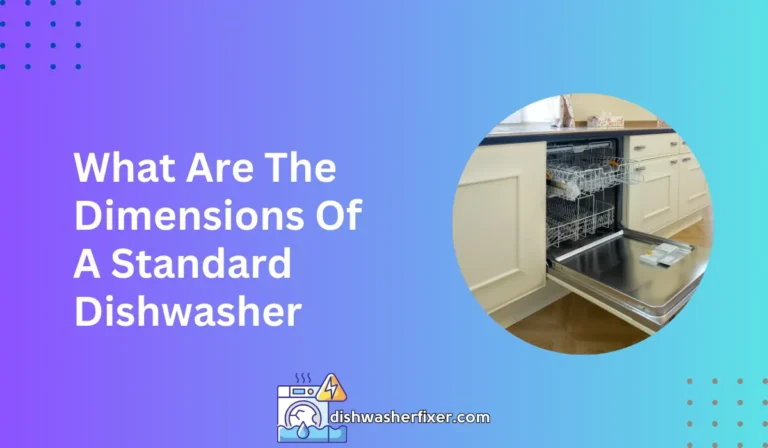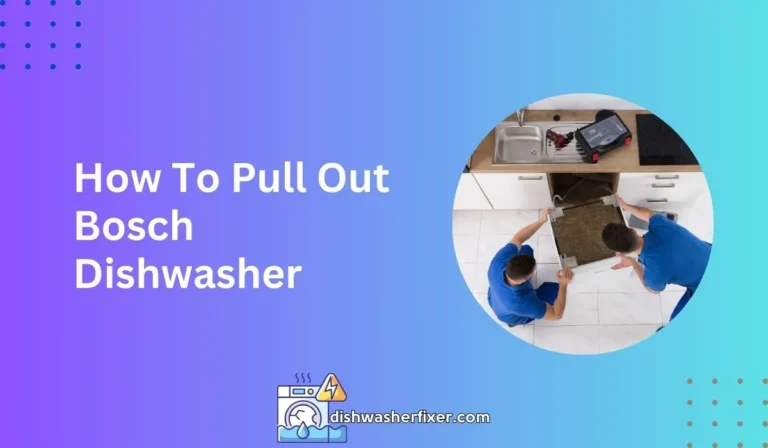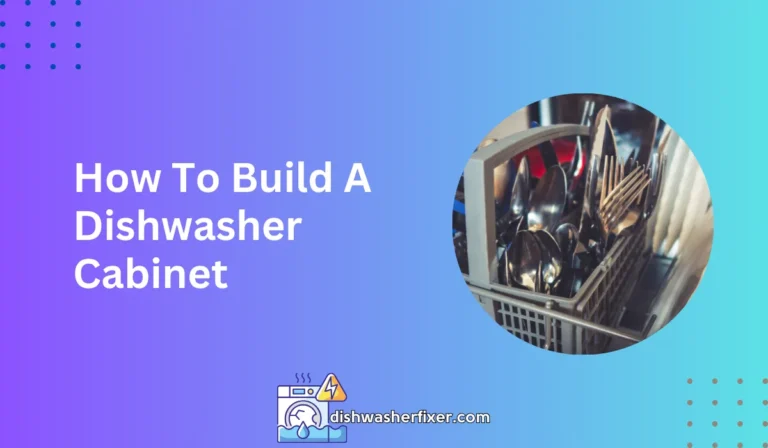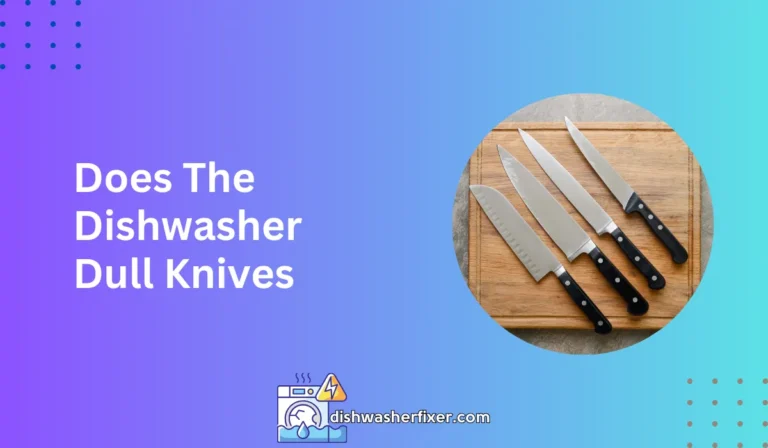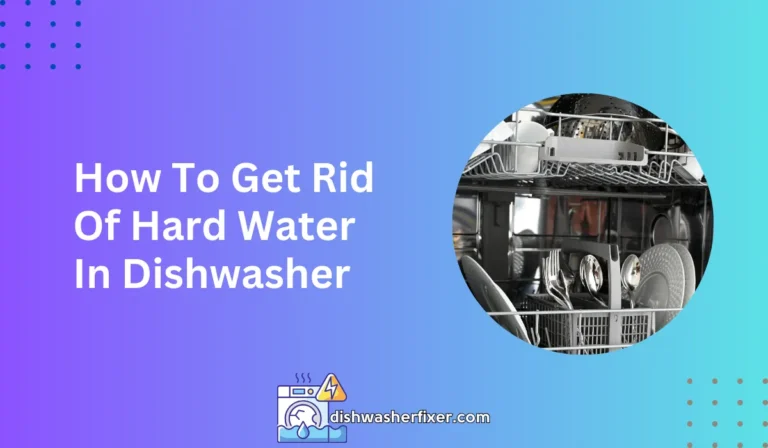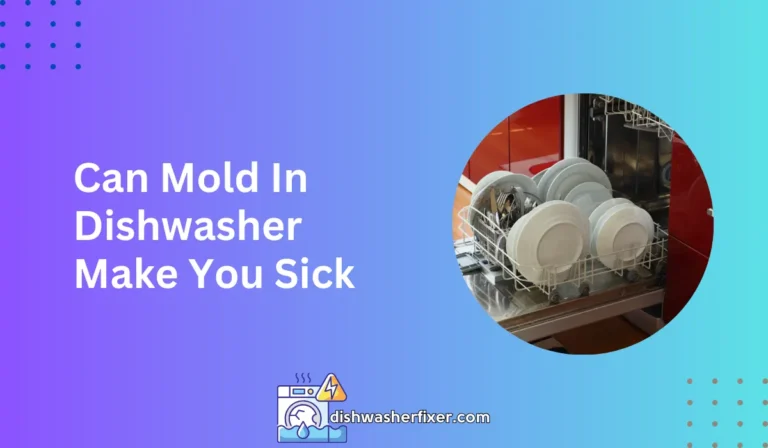How to Fix Dishwasher Not Draining: Quick Solutions!
To fix a dishwasher not draining, first clear the filter and drain hose of debris. Check the garbage disposal for clogs. Ensure the air gap, if present, isn’t blocked. If these steps don’t work, inspect the drain pump for malfunctions or obstructions.
Check for Clogs in the Drain Hose
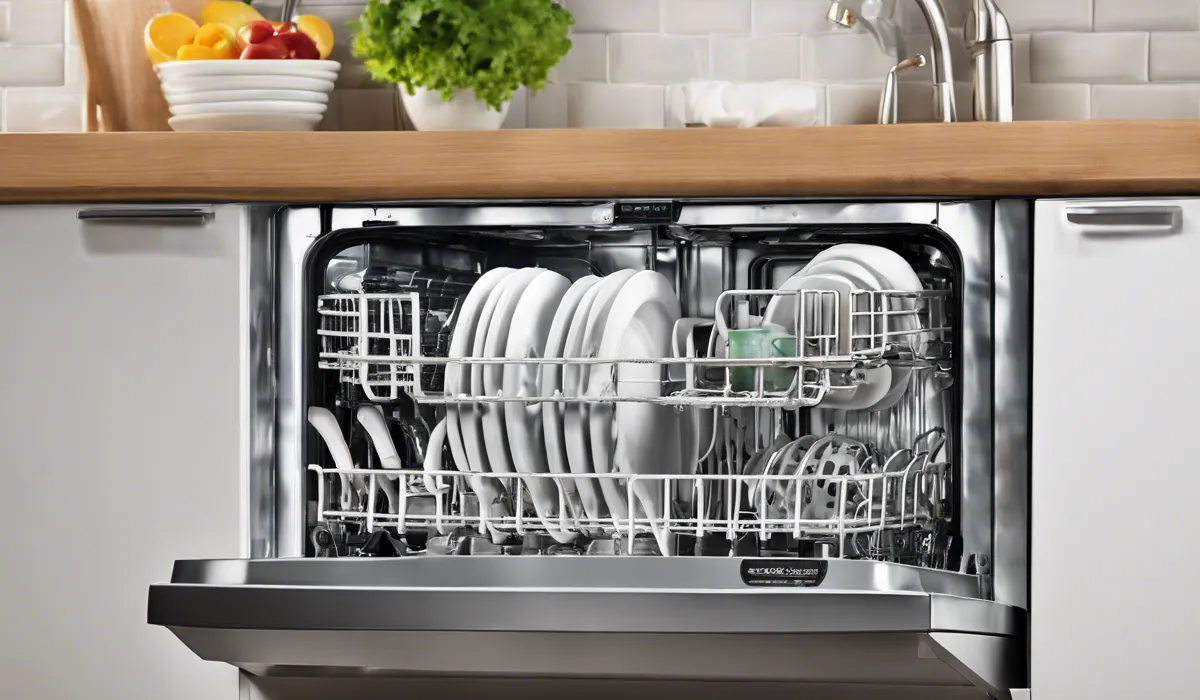
Locating the Drain Hose
Before you can fix your dishwasher, it’s crucial to find where the drain hose is. This hose usually connects your dishwasher to either the garbage disposal or a drainpipe under your sink.
To get started, remove the bottom panel of your dishwasher to see the hose, which should be a flexible plastic tube.
Disconnecting and Inspecting the Hose
To check the hose for clogs, you will need to disconnect it carefully. Have a bucket or towels ready because water might spill out when you remove the hose.
Once disconnected, look through the hose for any obvious blockages like food remnants or glass shards.
Clearing the Hose
If you spot a clog, you can flush the hose with water to dislodge it.
If water doesn’t do the trick, a plumber’s snake can be very helpful in breaking up or pulling out whatever is causing the blockage.
Remember to be gentle to avoid damaging the hose.
Reattaching and Testing the Hose
Once you’ve cleared the hose, reconnect it firmly to ensure there are no leaks.
Then, run a short cycle on your dishwasher to check if the water is draining properly now. If it’s still not draining, the issue may lie elsewhere.
Clean or Replace the Drain Pump
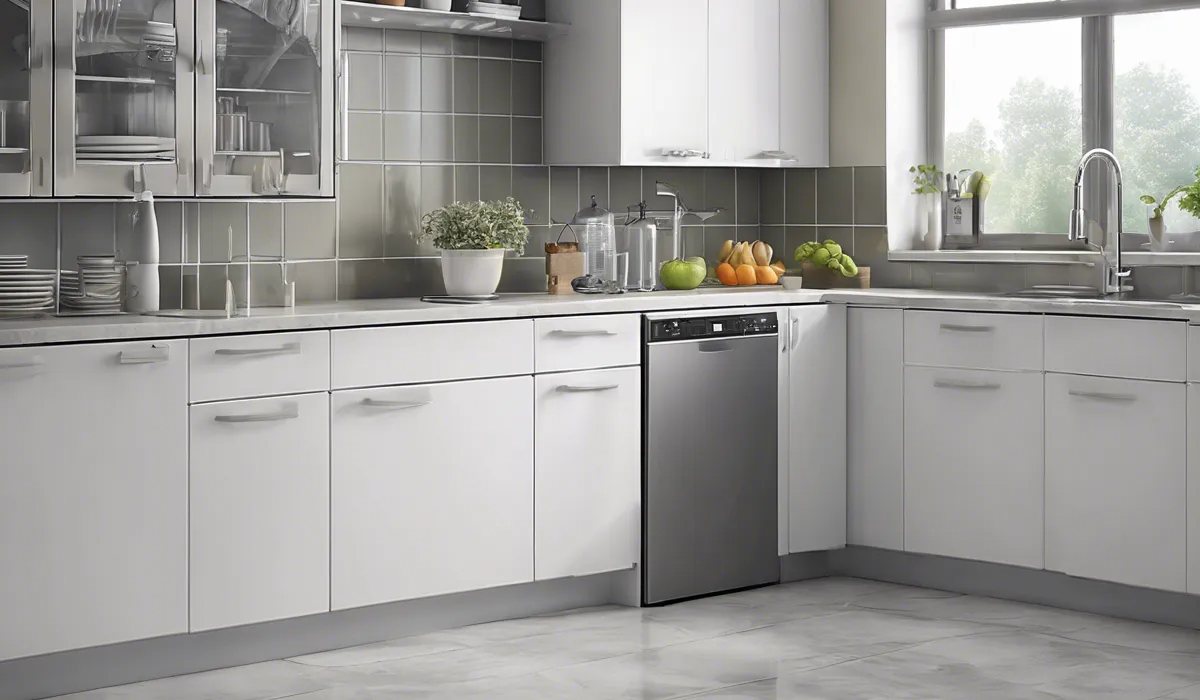
Unplugging and Disassembling the Dishwasher
Safety comes first, so unplug your dishwasher before you start this step. Remove the lower rack and spray arm to gain access to the drain pump.
This might require some tools, so have a screwdriver handy. The pump is usually located beneath the spray arm or at the back of the dishwasher.
Accessing the Drain Pump
Your dishwasher’s manual will show you exactly where the drain pump is and how to get to it.
If you’ve misplaced the manual, a quick online search with your dishwasher’s model number should bring up the information you need.
Cleaning the Drain Pump
Once you reach the drain pump, inspect it for debris like pieces of plastic, food, or glass. Carefully remove any debris you find. If you notice any damage to the pump itself, it may be time for a replacement.
Replacing the Drain Pump
If the pump is damaged, you’ll need to buy a new one that is compatible with your dishwasher model.
Replacing the pump involves disconnecting the old one, installing the new pump, and making sure all connections are secure. After that, reassemble your dishwasher.
Running a Test Cycle
After cleaning or replacing the drain pump, it’s time to test your work. Plug the dishwasher back in, load the racks, and run a cycle to see if the water drains. If it does, congratulations, you’ve fixed the problem!
Inspect the Air Gap or Garbage Disposal
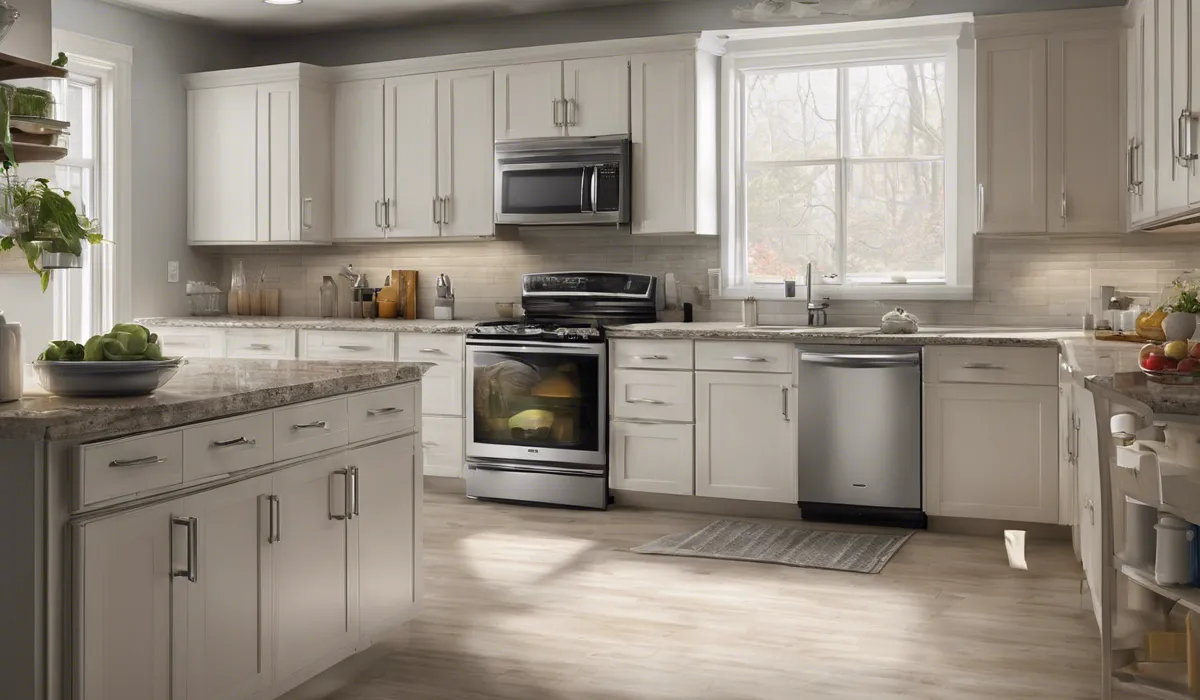
Finding the Air Gap or Garbage Disposal
The air gap is a small cylinder on top of the sink, while the garbage disposal is under the sink.
These are critical areas to check when your dishwasher isn’t draining properly because they help prevent dirty water from flowing back into the dishwasher.
Cleaning the Air Gap
If your sink has an air gap, take off the cap and look inside for any debris. Clean out anything you find.
A clean air gap allows water to flow freely from the dishwasher to the garbage disposal or drainpipe.
Checking the Garbage Disposal
For those with a garbage disposal, make sure it’s clear of food waste.
If you’ve recently installed a new disposal, confirm that the knockout plug inside the connection point to the dishwasher has been removed.
If not, the water can’t drain from the dishwasher to the disposal.
Clearing Debris from the Garbage Disposal
Regularly run your garbage disposal to prevent buildup that can block water from draining. If you find any clogs, clear them out and rinse with plenty of water.
This ensures that your dishwasher water can drain into the disposal without any issues.
If you need further instructions on maintaining your garbage disposal, look for resources specific to your model, such as “what size bolts for toilet flange” which could provide insights into related plumbing fixtures.
Ensuring Garbage Disposal Functionality
After clearing the disposal, turn it on to check that it’s working properly.
A functioning garbage disposal shouldn’t have any trouble allowing water to drain from your dishwasher. If it’s not working, you may need to troubleshoot the disposal separately.
After completing these steps, your dishwasher should be draining correctly.
If it’s not, it may be time to consult a professional or consider other potential issues such as a malfunctioning float switch or a jammed check valve.
FAQs About Fixing a Dishwasher That’s Not Draining
How do I clear a clogged dishwasher filter?
Remove the bottom rack to access the filter, then twist and lift it out. Rinse it under running water and use a soft brush to remove any debris before placing it back in the dishwasher.
What should I do if my dishwasher’s drain hose is blocked?
Disconnect the drain hose from both the dishwasher and sink drain or garbage disposal, and then flush it with water to remove any blockages.
How can I check if my garbage disposal is causing the dishwasher to not drain?
Run the garbage disposal to make sure it’s clear. If it hasn’t been used recently, there may be a buildup of food causing a blockage that affects the dishwasher.
What is an air gap, and how do I make sure it’s not blocked?
An air gap is a small cylinder on top of the sink next to the faucet. To ensure it’s not blocked, remove the cap and clear out any debris that could be causing a blockage.
What should I do if the dishwasher’s drain pump is malfunctioning?
If you suspect a malfunction, inspect the drain pump for any obstructions. If it’s clear and still not working, it may need to be tested for continuity with a multimeter or replaced.
Final Thoughts
Addressing a dishwasher that won’t drain typically involves clearing the filter and drain hose, checking the garbage disposal, and ensuring the air gap, if present, is unblocked.
Should these measures prove ineffective, the next step is to examine the drain pump for any obstructions or signs of malfunction.
Useful Resources
- https://web.extension.illinois.edu/askextension/thisQuestion.cfm?ThreadID=26257&catID=32&AskSiteID=34
- https://blogs.extension.iastate.edu/answerline/2019/05/20/potato-peelings/
- https://www.maine.gov/pfr/professionallicensing/sites/maine.gov.pfr.professionallicensing/files/inline-files/commonplumbingcodeissues2015.pdf

